Four Models for Active User Engagement, by Nina Simon
Beth's Blog: How Nonprofits Can Use Social Media
MAY 7, 2010
Last year, Rick Bonney and a team of educators and science researchers at the Center for Advancement of Informal Science Education (CAISE) tackled this question in a project designed to define the structures and benefits of public participation in science research (download the full report as a PDF here.) Wiki users are often collaborators.

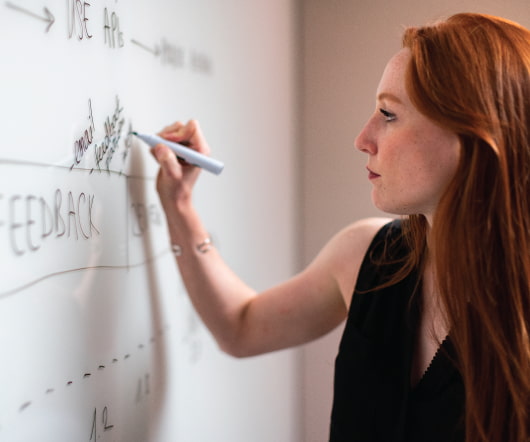
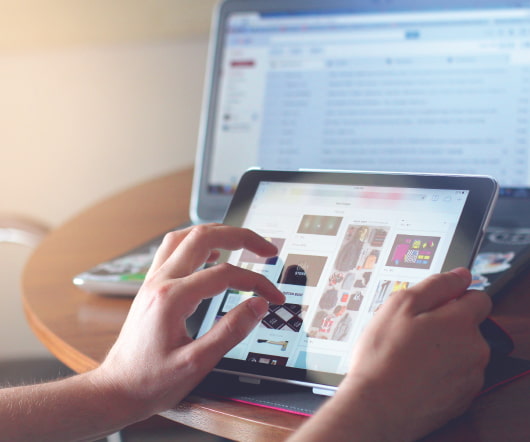
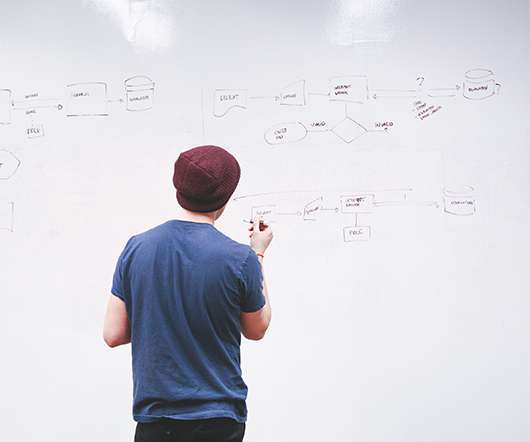
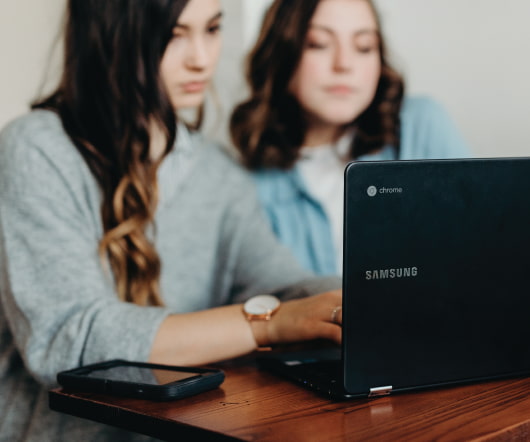
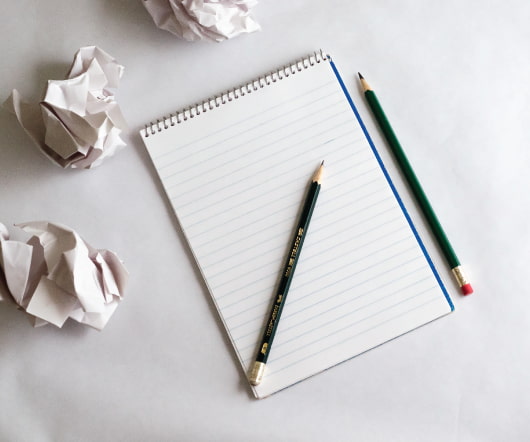






Let's personalize your content